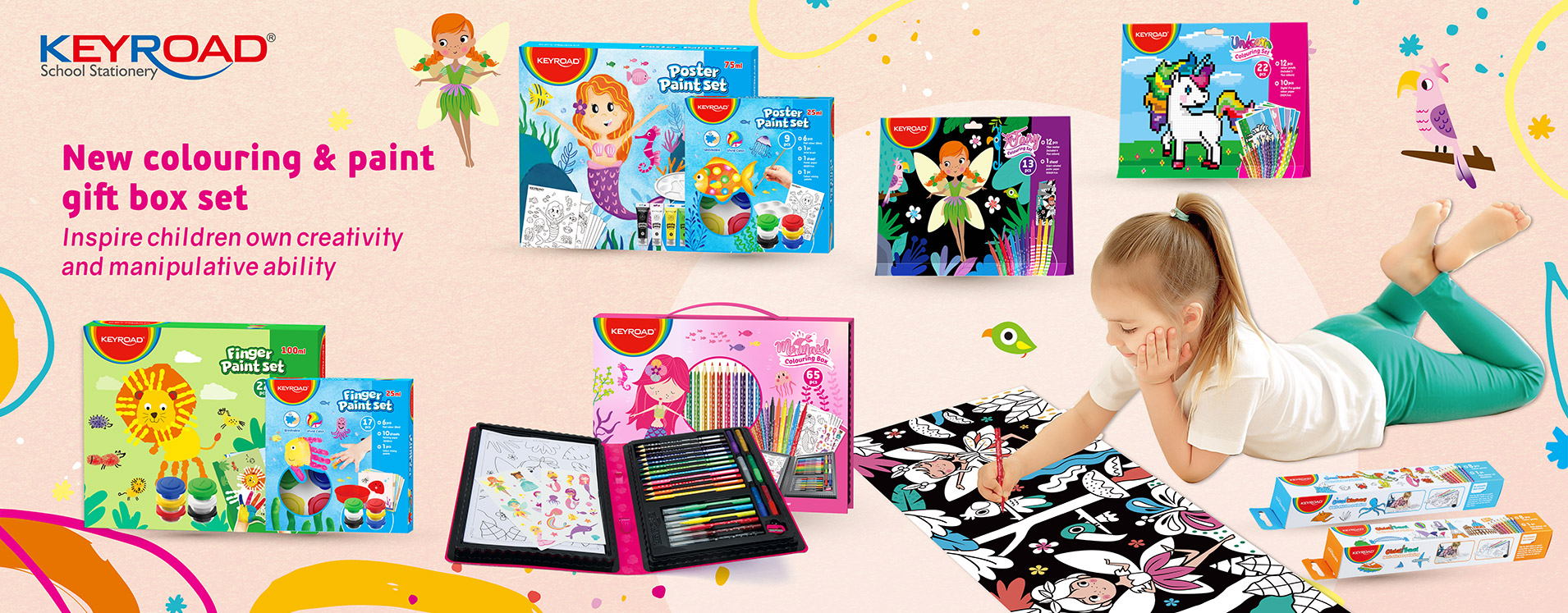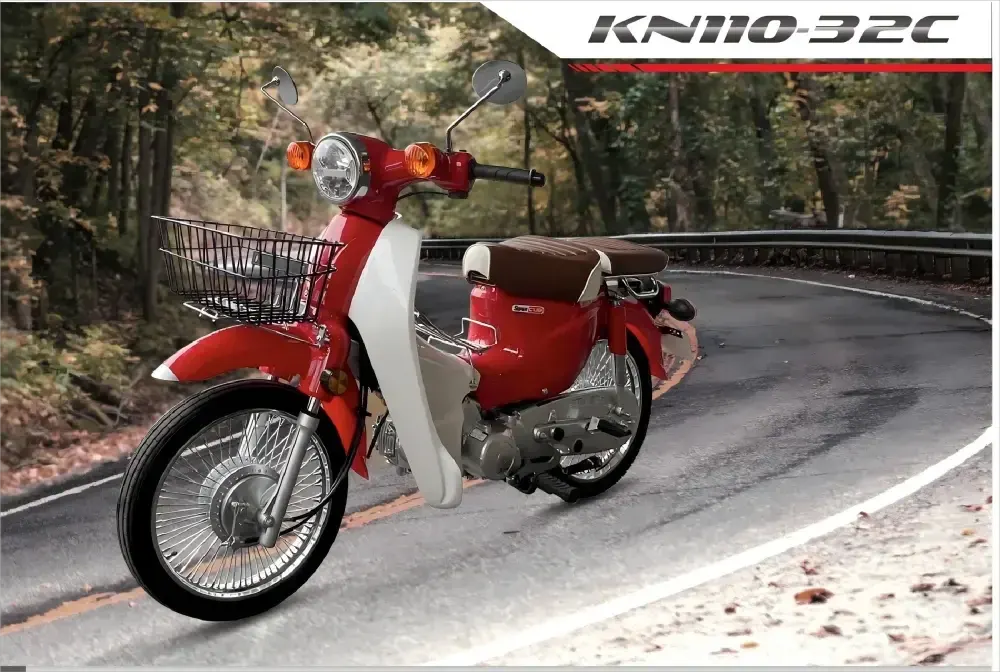In daily shopping, many parents notice a significant price difference in children's stationery—the same pencil or notebook can range from a few yuan to tens of yuan. Faced with a wide variety of choices in the market, parents are often confused: why is there such a large price difference in children's stationery? This article will analyze the reasons for the price differences in children's stationery from multiple perspectives, helping parents ensure quality while controlling their budget when purchasing.
1. Brand Premium is the Main Reason for Price Differences
Brand influence is the primary factor leading to the price differences in children's stationery. Well-known brands have higher recognition and loyalty in the market, and their products are usually priced higher. The main reasons include:
Research and Development Costs
Well-known brands typically invest heavily in product design, material research and development, and ergonomic design. For example, children's backpacks, pencils, and erasers are scientifically designed according to children's hand shapes and writing habits, increasing production costs.
Quality Assurance
Branded stationery usually undergoes rigorous quality testing and certification, such as non-toxic safety testing and durability testing, which increases product costs.
Brand Added Value
When parents buy branded stationery, they are not only buying the product itself, but also the sense of security, quality assurance, and educational philosophy that the brand brings. This value is included in the selling price, forming a price premium.
In contrast, ordinary or unbranded stationery, although cheaper, may differ in design, materials, and quality, thus justifying its lower price.

2. Differences in Materials and Manufacturing Processes Lead to Different Costs
The price of children's stationery is also closely related to raw materials and manufacturing processes. The following aspects are particularly crucial:
Raw Materials
Pencils: High-end pencils typically use high-quality wood, non-toxic and environmentally friendly paint, and high-quality graphite, resulting in smooth writing and resistance to lead breakage; low-priced pencils may use inferior wood or graphite, resulting in a poor writing experience and easy lead breakage.
Erasers and Glue: High-quality erasers do not contain harmful chemicals and are less likely to damage paper after use; low-priced erasers may contain harmful ingredients and easily damage exercise paper during use.
Notebooks and Exercise Books: High-end paper is thick, has a fine texture, and is less prone to ink bleeding; low-priced paper is thin, easily damaged, and prone to ink bleeding.
Manufacturing Process
High-end stationery employs more refined processes during manufacturing, such as engraved logos, rounded edges, and anti-breakage treatments. These increase production costs, leading to higher prices. Low-end stationery, on the other hand, is mostly mass-produced using mechanized processes, resulting in simpler processes and lower costs.
3. Functional and Design Differences Affect Price
Besides materials and brand, the function and design of children's stationery directly impact price. Modern children's stationery is more than just a writing tool; it also incorporates creativity and multifunctionality:
Ergonomic Design
High-priced pencils, colored pencils, and fountain pens typically consider children's grip posture, designing non-slip, comfortable grip areas to reduce hand fatigue. Low-priced pens often neglect these designs, potentially affecting children's writing posture over time.
Multifunctionality and Innovation
Some high-end stationery features multifunctional designs, such as rotatable pencils, automatic pencil sharpening, and pencil cases with storage functions. These designs increase manufacturing complexity and raise prices.
Appearance and Theme Design
Children's stationery increasingly emphasizes personalization and fun. Cartoon characters, color printing, and 3D designs all increase costs, while ordinary stationery often features basic styles. IV. Price Differences Due to Channel Differences
Stationery prices are also affected by sales channels. Common channels include physical stores, e-commerce platforms, and school group purchases. Different channels have different pricing strategies:
Physical Stores: Higher Prices
Physical stores need to pay rent, labor costs, and logistics expenses. These costs are passed on to the product price, so the same stationery item is often more expensive in physical stores than online.
E-commerce: Intense Price Competition
E-commerce platforms can offer more competitive prices through large-scale purchasing and low operating costs. However, some e-commerce stationery brands still maintain high prices to highlight quality and brand image.
School Group Purchases & Wholesale
Schools or institutions usually purchase stationery in bulk, resulting in lower prices, but the design and packaging of individual items may not be as varied as retail stationery.
4. Market Positioning and Consumer Psychology
Price differences are also closely related to market positioning and consumer psychology. Stationery companies usually adopt pricing strategies based on their target users:
High-End Positioning
Stationery targeting mid-to-high-end consumers emphasizes safety, environmental protection, personalization, and functionality, and is naturally priced higher.
Low-end positioning: Stationery aimed at the mass market prioritizes affordability and basic functionality, resulting in lower prices.
Psychological factors: Parents often believe that "expensive stationery is of better quality and safer." This expectation drives demand for high-end stationery and gives branded stationery a price advantage.
5. The impact of price differences in children's stationery
Price differences not only influence consumer choices but also affect children's learning experience:
Impact on children's writing experience: High-quality stationery allows children to write more smoothly, reducing hand fatigue and increasing learning interest. Low-quality stationery may experience problems such as broken ink cores and ink bleeding, affecting the learning experience.
Impact on parents' purchasing decisions: When purchasing children's stationery, parents want products that are safe and environmentally friendly, as well as reasonably priced items, thus requiring a trade-off between price and quality.
Market competition drives product upgrades: Price differences prompt stationery companies to continuously improve their products, launching more innovative and high-quality stationery, thereby enriching market choices.
6. How to choose suitable stationery for children?
Faced with a wide variety of stationery products and significant price differences, parents should consider the following aspects when making their choices:
Focus on Safety and Environmental Protection: Children's stationery must meet national safety standards, such as non-toxic certification and use environmentally friendly materials.
Consider Children's Usage Habits: Choose appropriate pen types, grip designs, and paper thicknesses based on your child's age and writing habits.
Prioritize Value for Money: Don't blindly pursue high-priced brands, nor should you only focus on low prices. Choose stationery that suits your child and offers good value for money.
Balancing Functionality and Fun: Appropriately choosing stationery with fun designs and multiple functions can stimulate children's interest and improve their learning efficiency.
7. Conclusion
The large price difference in children's stationery is the result of multiple factors, including brand premium, materials and craftsmanship, functional design, sales channels, and market positioning. When purchasing stationery, parents should rationally choose cost-effective and reliable products based on their children's needs and usage habits, rather than simply pursuing the highest price. Understanding the reasons behind prices not only helps save on family expenses but also provides children with a more comfortable and safe learning experience.
Johnshen, a professional children's stationery supplier, is committed to providing children with safe, environmentally friendly, and high-quality stationery products. With years of industry experience and rigorous quality control, Johnshen not only ensures the safety of materials and the exquisite craftsmanship of every piece of stationery, but also emphasizes ergonomic design and fun elements to meet the learning and creative needs of children of different ages. At the same time, Johnshen delivers high-quality, cost-effective stationery products to countless households through multiple sales channels, helping parents easily choose suitable and high-quality stationery for their children.
www.johnshenstationery.com
johnshenstationery

More Stories
Safe, Stylish, and Magical: A Parent’s Guide to Choosing the Perfect Princess Dress Up Costume
From Concept to Brand Impact: How Personalized Tote Bags OEM Redefines Custom Manufacturing
Are erasers toxic? Safe material analysis and purchasing guide